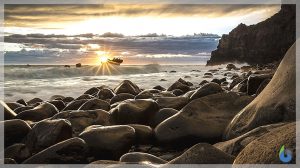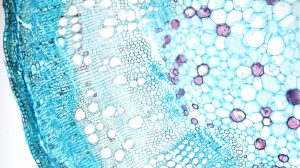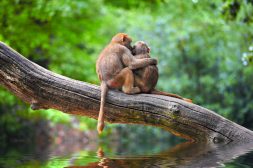Definition
noun, plural: vertebrae, vertebras
Any of the irregular bony structure with some hyaline cartilage that make up the vertebral column
adjective
(anatomy) Of or pertaining to a vertebra
Supplement
The vertebral column is one of the distinctive structural features of vertebrates. The vertebral column is made up a series of vertebrae.
A vertebra is an irregular bone with some hyaline cartilage component. The typical vertebra has the following parts: a body and a vertebral (neural) arch with several processes (e.g. articular, transverse, spinous). Separating adjacent bodies of vertebrae is an intervertebral disc, which forms a fibrocartilage joint to allow slight movement. The processes in the vertebrae provide structural rigidity. When spinal vertebrae articulate, intervertebral foramen is formed.
Vertebrae may be classified according to their position in the vertebral column. In humans, the vertebral column is comprised of 33 vertebrae. The spinal vertebrae include 7 cervical vertebrae, 12 thoracic vertebrae, and 5 lumbar vertebrae. The vertebrae at the bottom of the vertebral column are fused at maturity. Five sacral vertebrae are fused and form the sacrum. And the four coccygeal vertebrae are fused, forming the coccyx.
See also:
Related term(s):







